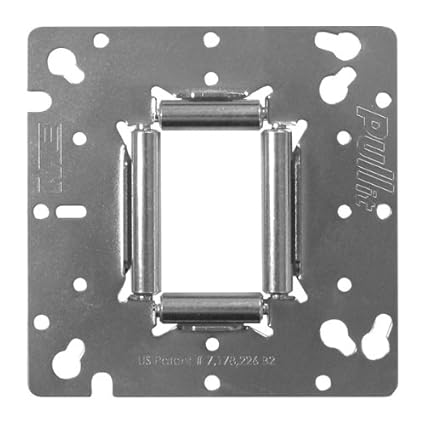DJFAB
Member
- Location
- LHC, Az, US
I've been researching tools and methods for pulling wire with one person, and not really coming up with great answers.
Was hoping some people here might have some tools/methods they liked.
I currently have to do most of my work in remote areas where having a helper is often not possible.
Pulling everything from small branch circuits in 1/2" EMT to 200A feeder circuits in U/G PVC.
I currently have a drill-powered portable 1000 pound puller that works ok-but managing it is difficult and it almost takes two people on the puller end just to manage the tool and rope. It doesn't like to pull flat mule tape at all. It works good and fast with blow line because you don't have to manage the rope/capstan-but the 210 pound breaking strength of blow line leaves that option for only the easiest of pulls.
It seems to me that if you have to have only one person pulling the wire, you need either something to manage the wire spools/ wire going into the pipe, or a remote operated tugger that can stand alone while you manage the infeed.
I realize that the difference between three #12's in a small branch circuit and 1/2" EMT may very well require a totally different tool set than 4/0 aluminum service feeders in 2" PVC. But I'm not really finding any great solutions for either, let alone both.
I had high hopes for the Milwaukee powered fish tapes-but it looks like those are never going to get released to the public to purchase at this point.
I can't be the only one who has to do a bunch of stuff by myself, and there's got to be a better way.
Thanks in advance for any help or ideas!
Was hoping some people here might have some tools/methods they liked.
I currently have to do most of my work in remote areas where having a helper is often not possible.
Pulling everything from small branch circuits in 1/2" EMT to 200A feeder circuits in U/G PVC.
I currently have a drill-powered portable 1000 pound puller that works ok-but managing it is difficult and it almost takes two people on the puller end just to manage the tool and rope. It doesn't like to pull flat mule tape at all. It works good and fast with blow line because you don't have to manage the rope/capstan-but the 210 pound breaking strength of blow line leaves that option for only the easiest of pulls.
It seems to me that if you have to have only one person pulling the wire, you need either something to manage the wire spools/ wire going into the pipe, or a remote operated tugger that can stand alone while you manage the infeed.
I realize that the difference between three #12's in a small branch circuit and 1/2" EMT may very well require a totally different tool set than 4/0 aluminum service feeders in 2" PVC. But I'm not really finding any great solutions for either, let alone both.
I had high hopes for the Milwaukee powered fish tapes-but it looks like those are never going to get released to the public to purchase at this point.
I can't be the only one who has to do a bunch of stuff by myself, and there's got to be a better way.
Thanks in advance for any help or ideas!





